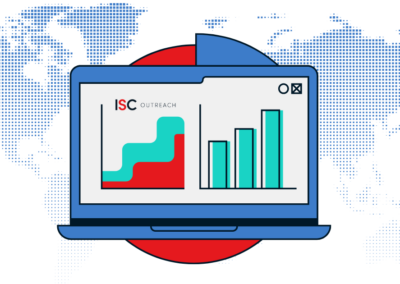What are the key factors in which international schools differ from local schools? A recent ISC Research white paper shares insights into how to better understand how this growing market is differentiating itself from other K-12 educational offerings.
Top five factors that differentiate schools
For the purposes of data collection and analysis, ISC Research uses the following criteria to identify an international school:
- A privately operated school that has chosen to deliver a curriculum wholly or partly in English to some or all of its students between 3 and 18, in a country where English is not an official language; or
- A privately operated school that delivers a curriculum other than the host country’s national curriculum wholly or partly in English to some or all of its students between 3 and 18, in a country where English is an official language.
The parents of 5.8 million children around the world are currently choosing an English-medium international school for their child amongst other K-12 educational offerings. What differentiates international schools? We have explored this question in a new white paper.
- English-medium international schools use English as the main instruction language, which the OECD considers to be the language “most necessary for education and work”.
- Most international schools follow a curriculum that provides students with a pathway to global higher education, with qualifications that are globally recognised at ages 16 and 18.
- Most international school teachers have the skills to teach the curriculum and the experience to facilitate the school’s learning approach.
- Most international schools have smaller class sizes than other school types serving the same age of children. The average student:teacher ratio across the international school sector is 10:1.
- International schools are increasingly recognised for focusing on a more holistic development of students. This includes addressing the social, emotional, psychological, and academic growth of each child.
What parents value most about international schools
In July 2022, ISC Research carried out a survey to ask international school representatives about the place of their international school within the local community. Our research outlines that, in most major cities, competition occurs between international schools. But do domestic private schools compete with international schools in the same locality for student enrolment? 59% of our participants believed that local independent schools do compete with local private schools for student admissions.
What features do most parents value from their international school? The survey revealed that parents paid particular attention to the teaching and learning methodology, the choice of an international curriculum, and the community offered by international schools.
“However aspirational parents might be, most also want happy children too. The blend of academic success in combination with better wellbeing that international schools can provide is very appealing to many parents.”
We also asked school representatives about the marketing messages that are most influential for international school enrolment. Responses identified that higher education pathways, the curriculum and the location were the marketing messages which generated most admissions enquiries.
Current and emerging market trends vary considerably based on regions and sectors. Download a free copy of the white paper to find out more.



